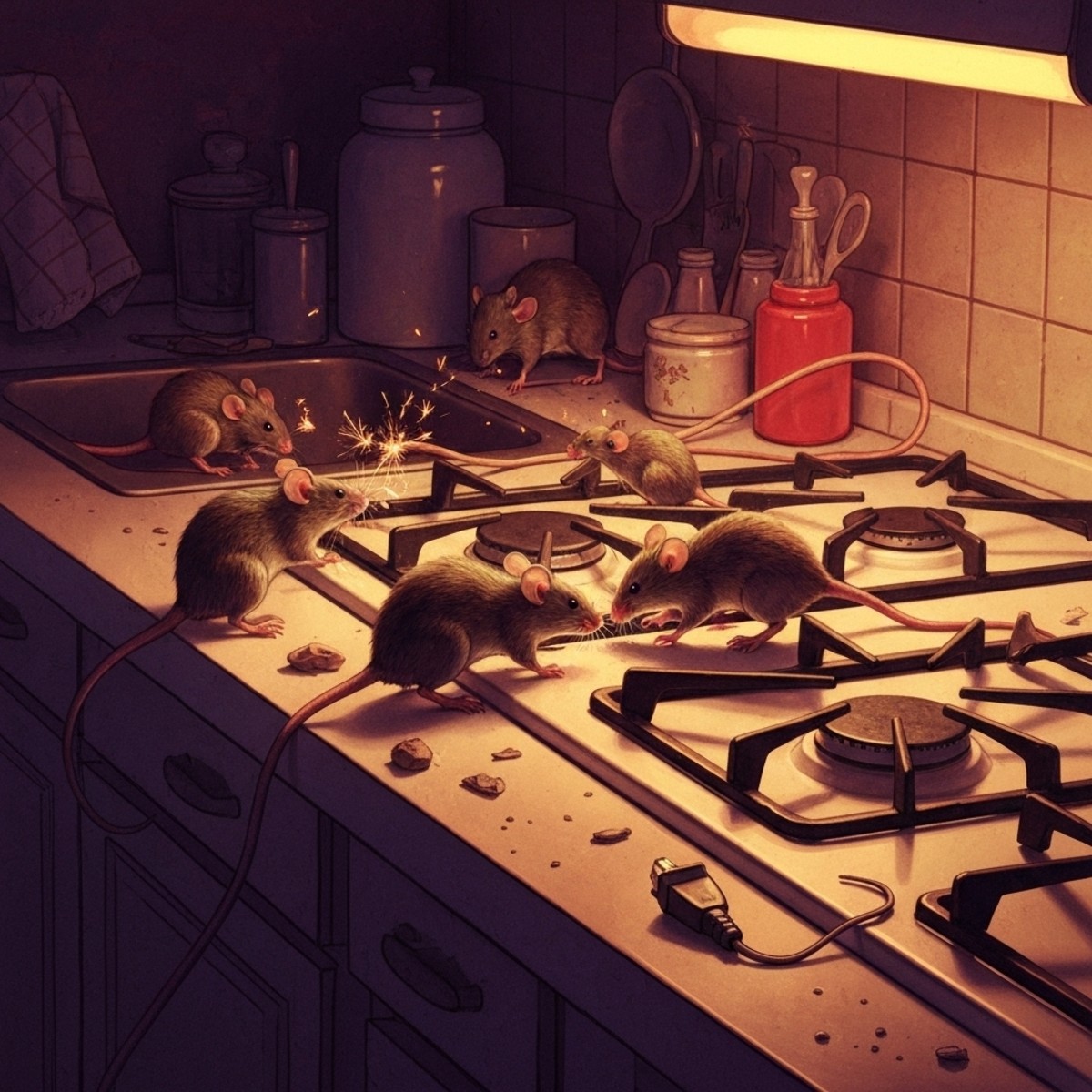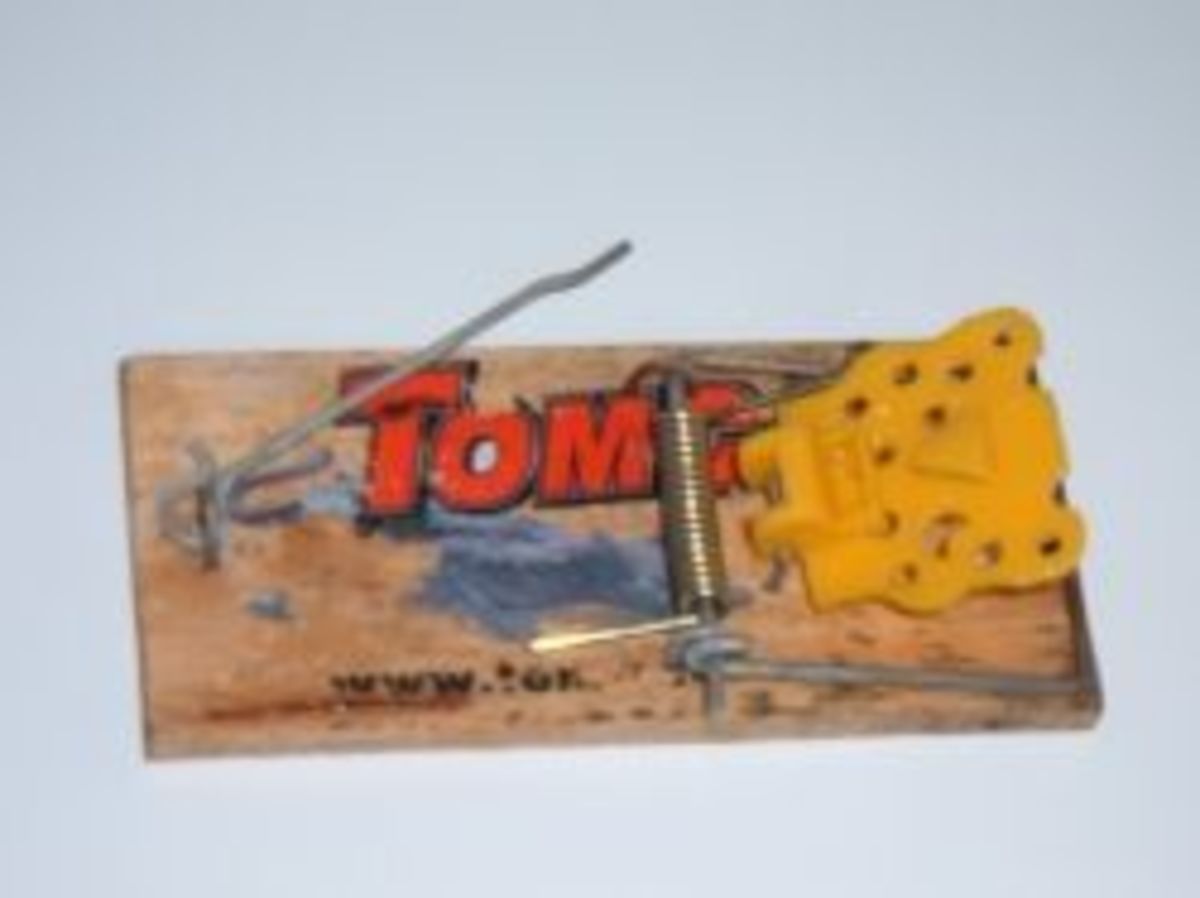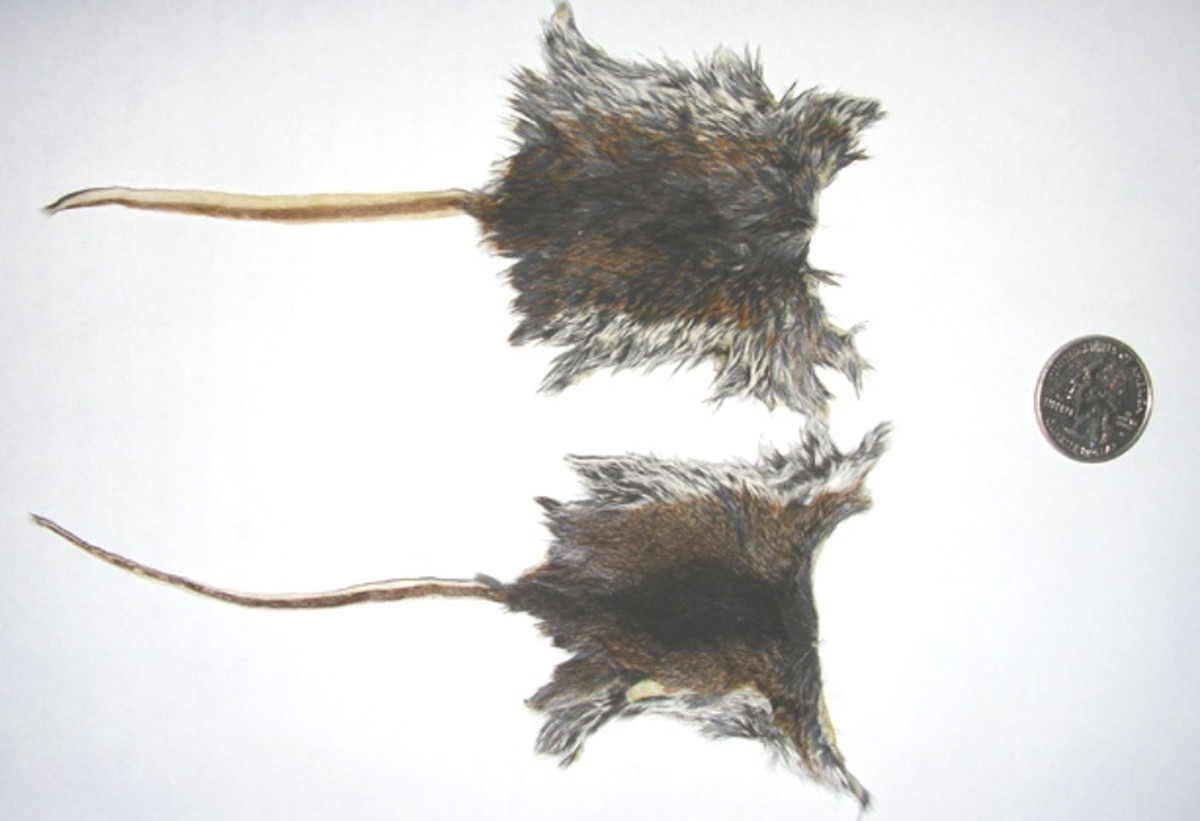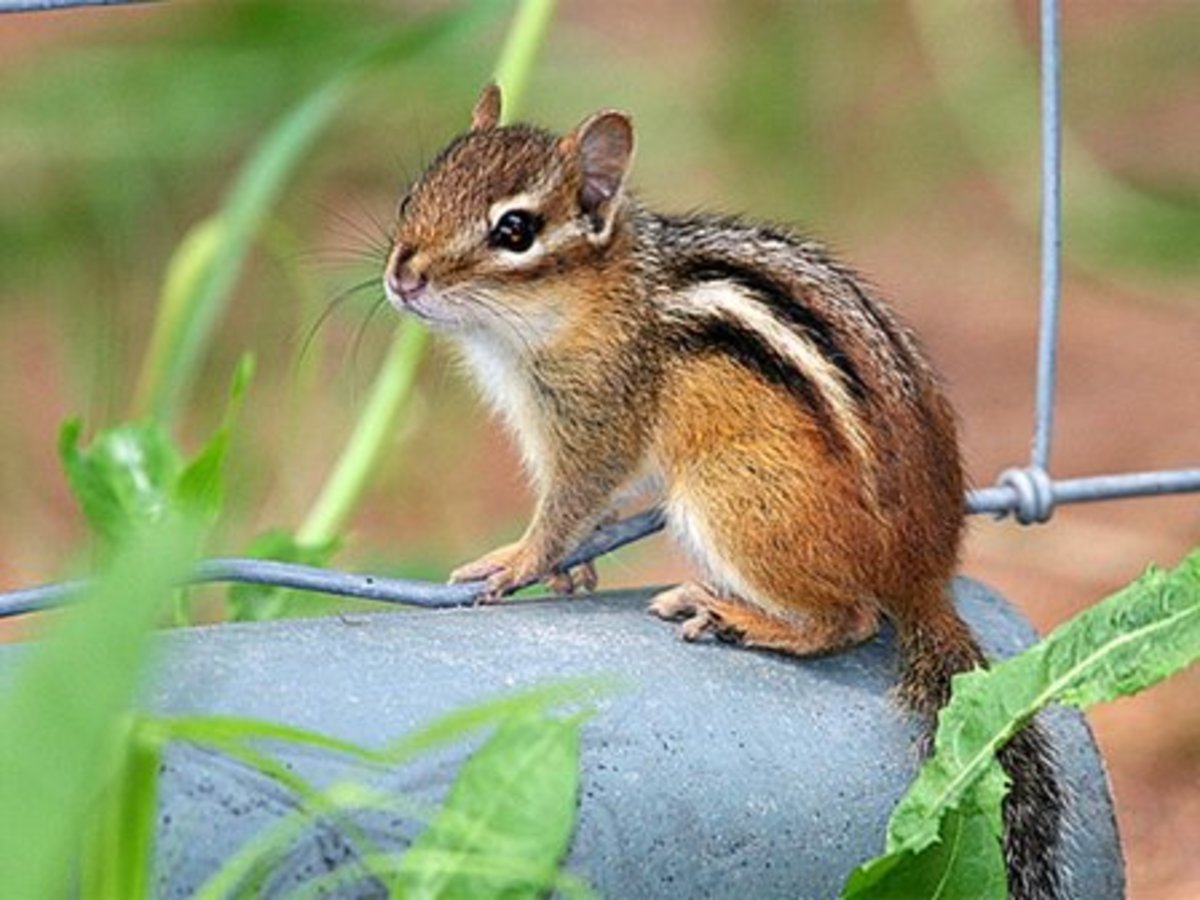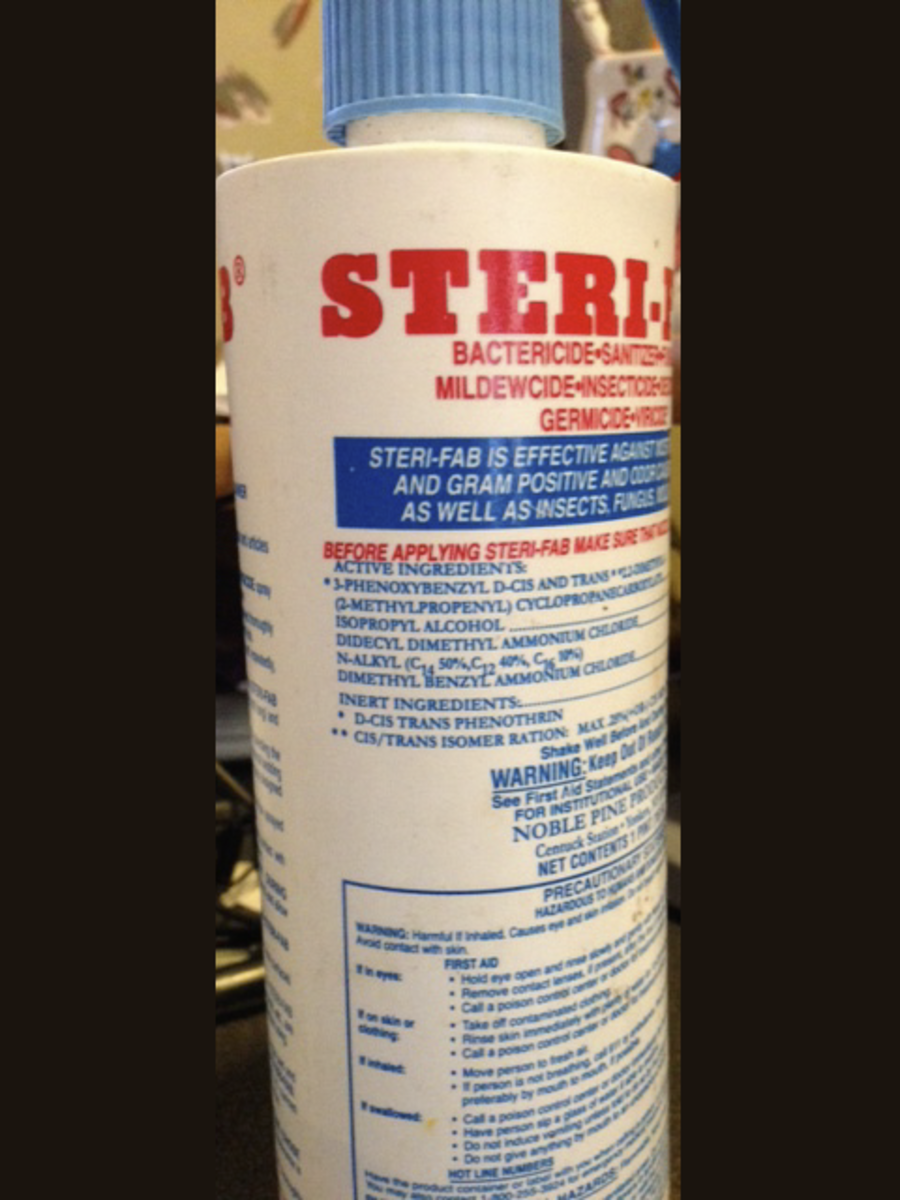How to Catch a Mouse Without Killing It
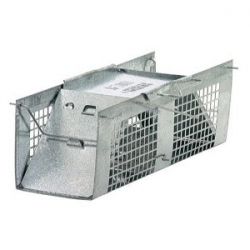
Humane Mouse Traps
There are a variety of live traps designed to catch a mouse without killing it. The traps work, and it is certainly nice to be able to remove animals from your house without harming them. The live traps known as cage traps are also less likely to hurt you or your pets. Live traps also reduce the likelihood of having to deal with badly injured or dying mice. There is also less chance of a mouse dying in an inaccessible spot and decomposing with the associated horrible smell.
Live traps are especially good when dealing with less common animals than the House Mouse where you really don't want to damage a threatened or rare species.
Image: Havahart trap on Amazon
Humane Mouse Traps to Buy
Downsides of Live Mouse Traps
There are a few downsides to live traps:
* Once you have caught the mouse, you then have to get rid of it, preferably a good distance away from the house. You have to put in the time to do this when you catch a mouse, and it may not be a convenient time for you.
* If you don't take the mouse far enough away and you haven't found the hole by which it entered, it will probably come right back in again - and may be harder to catch a second time.
* You have to be careful not to be bitten by the mouse when moving the trap and releasing the mouse. Wild mice can carry disease.
* If you catch a mouse and transport it far enough away that it can't find your house again, it could well be unable to find food and die of starvation. If it does survive, it may do so by pushing out another mouse already living in the area you release it, leading the other mouse to die. This is a well-known problem with live trapping most animals, from mice to bears.
* Or it could go in someone else's house and bother them.
* Poorly designed live traps can still kill or injure animals by accident.
Catching Other Pest Animals in Live Traps
Live traps are ideal for animals that don't normally come in houses and that you don't want to kill. Examples include squirrels or less common vole species. Cage traps are also ideal for situations where children or pets could come in contact with the traps, as these traps are less likely to injure them. For standard House Mice, kill traps might be more effective in freeing you from mice than live trapping, and doesn't pawn the problem off on someone else or condemn the mouse to slow death from starvation.
I've used this trap to successfully catch squirrels that came into my basement. The squirrel was extremely annoyed by the whole process, but not harmed at all.
Humane Mouse Traps on Video
Mouse Prevention
However you choose to get rid of your mouse problem, there are a couple of things you should do to reduce the need to kill mice in the future:
* Keep food, compost and organic matter in mouse-proof containers. If the mouse can't find food, it has a lot less reason to want to be in your house. Avoid leaving pet food out constantly if you are having a mouse problem, too.
* Close up any holes you can find by which mice might be getting into your house. If you stop up the holes well enough, then live-trapped mice won't come back in, and new mice won't come in either.
These two things are unlikely to end a pre-existing mouse problem by themselves, but they are good at reducing the intensity of current problems and preventing new ones from starting. They are well worth your while, especially if you do not want to have to kill mice. In fact, they are probably more important in the long-term than catching that annoying mouse!





